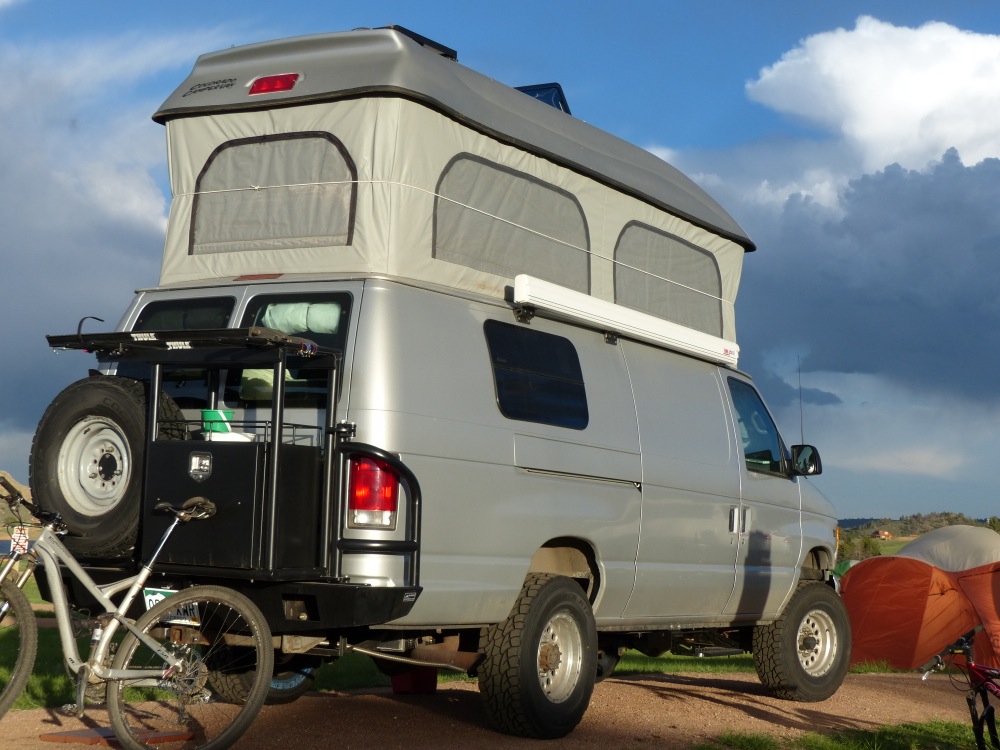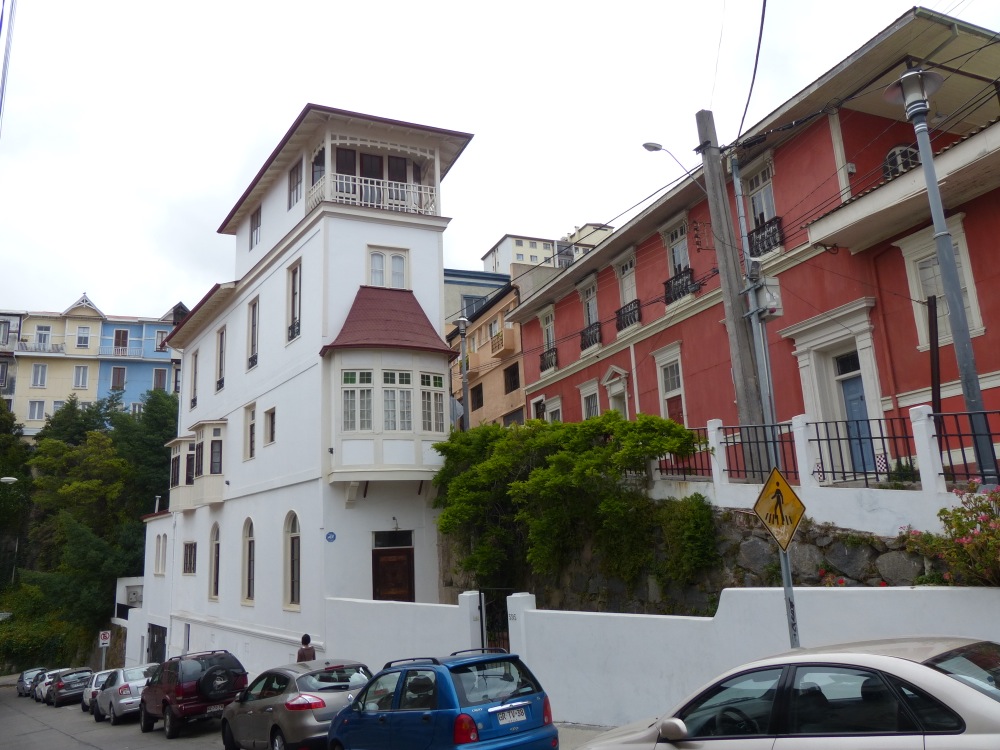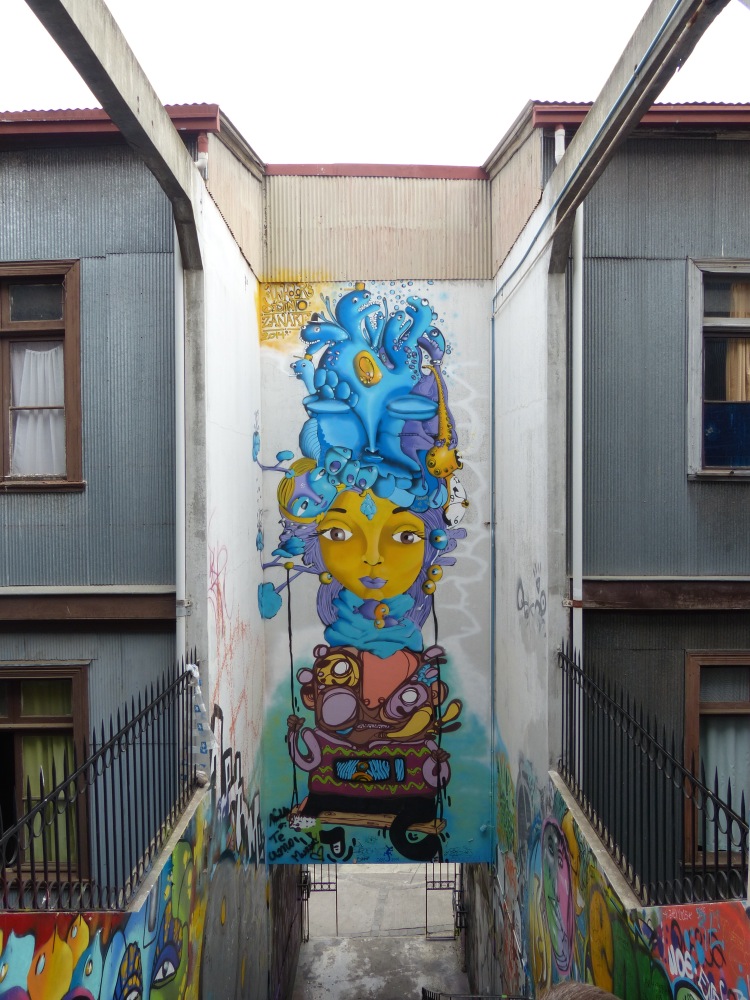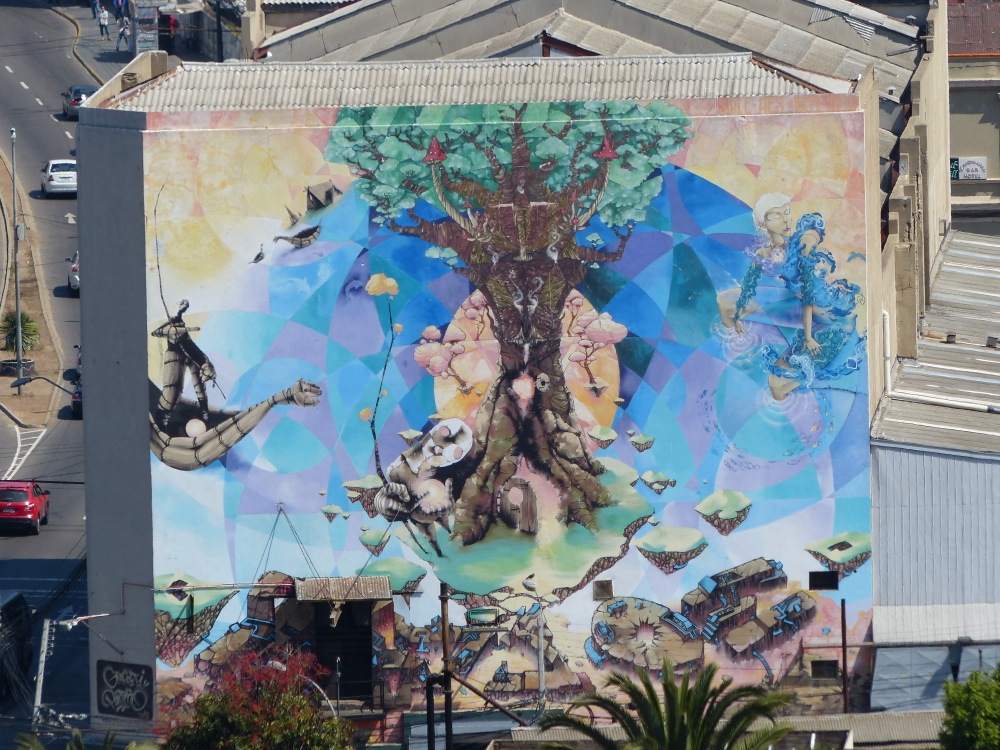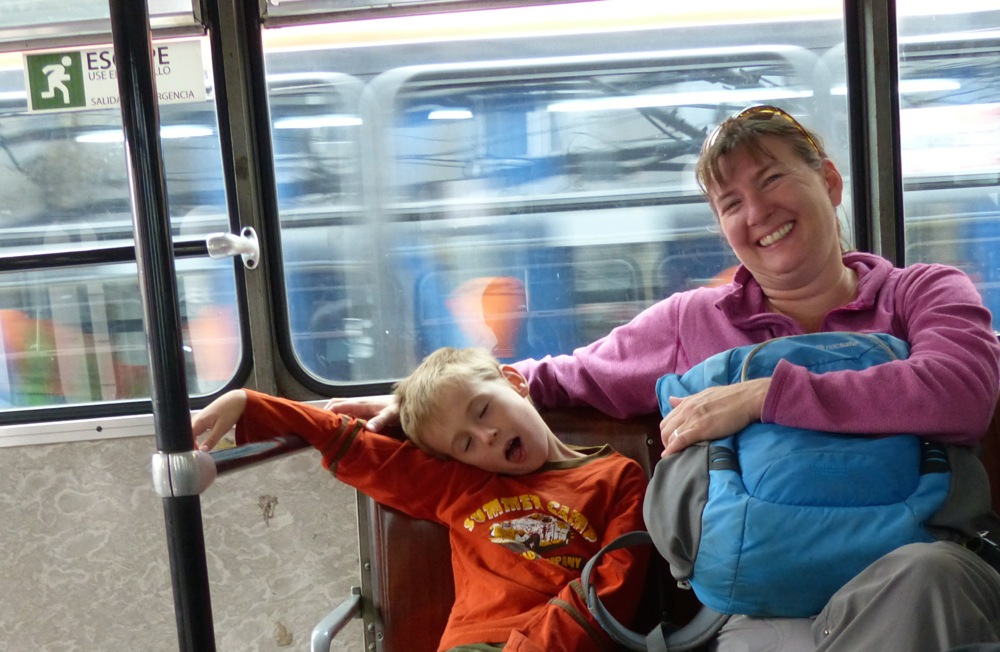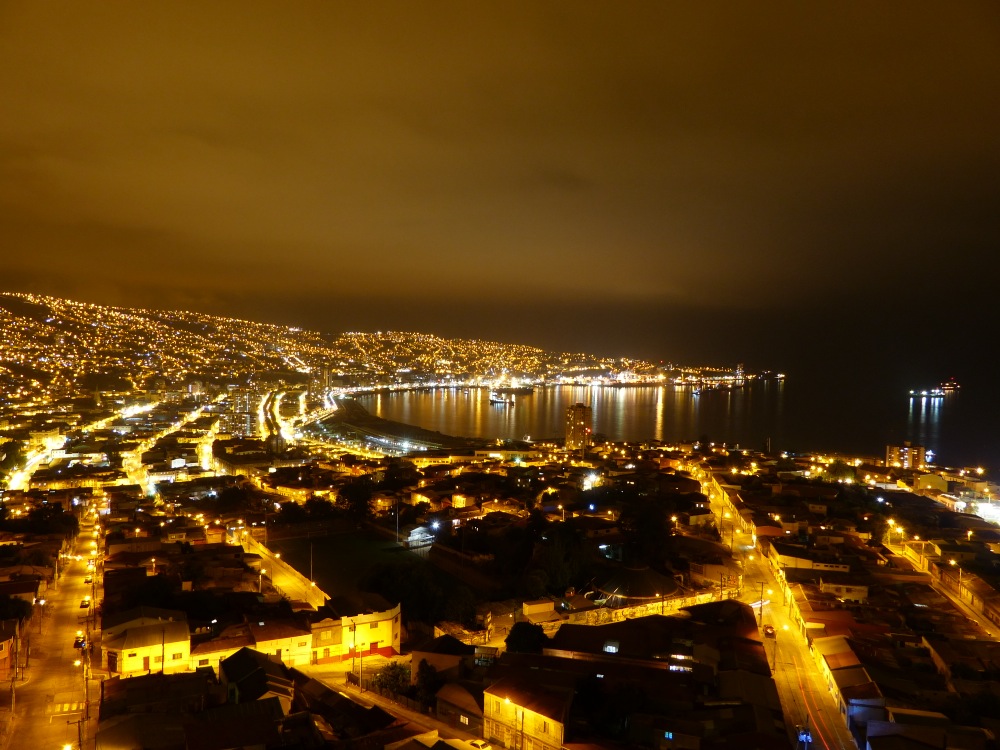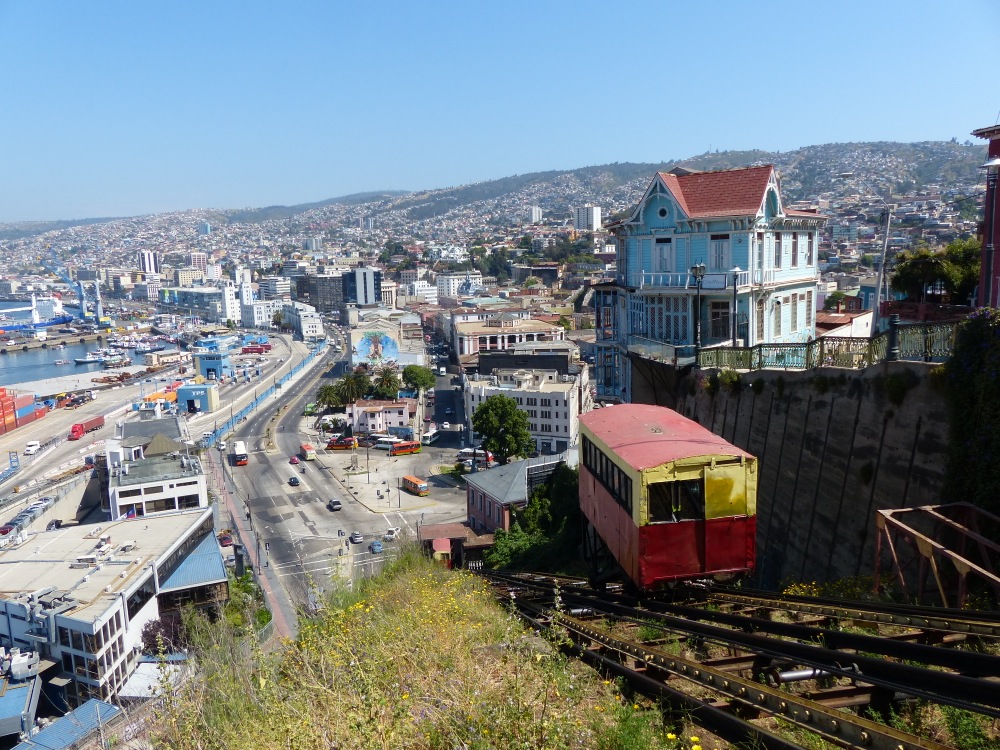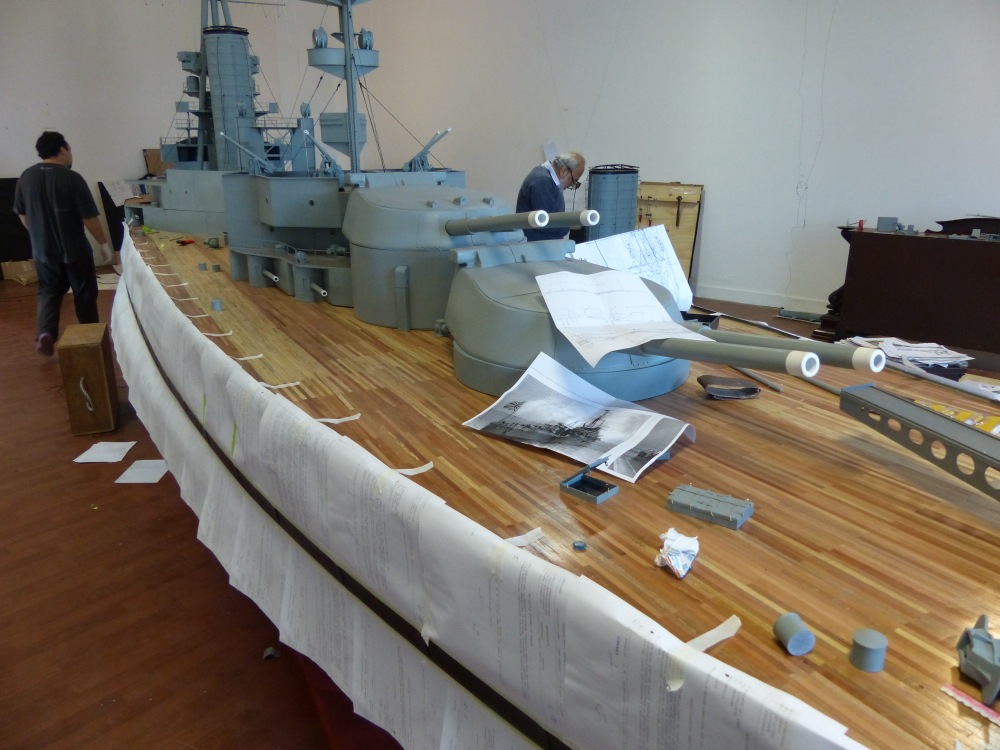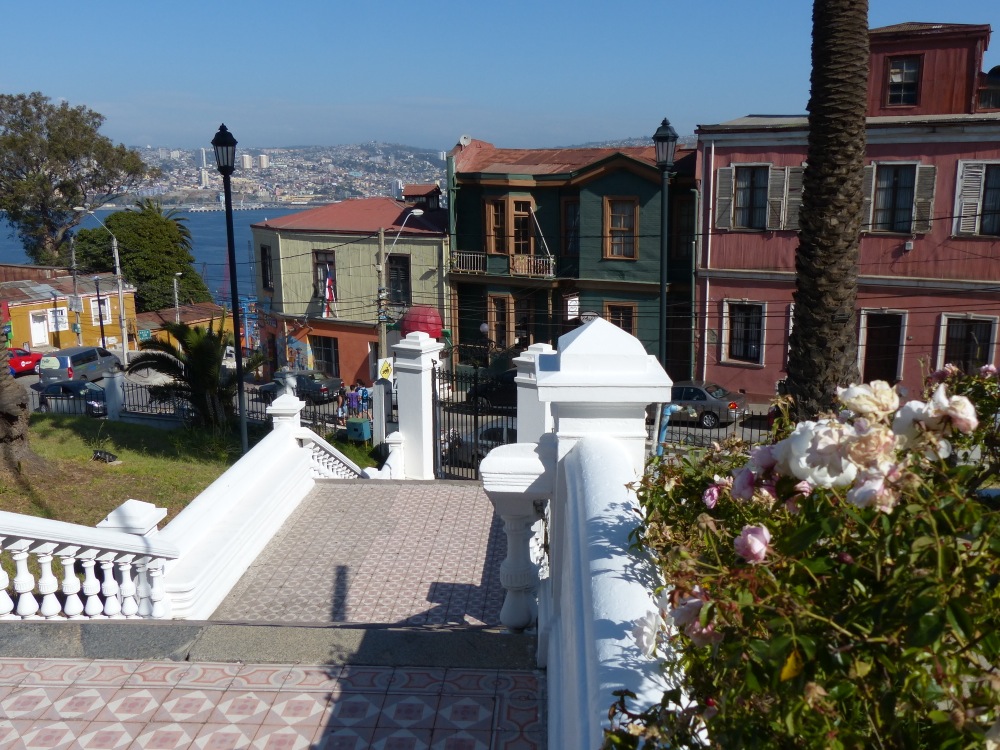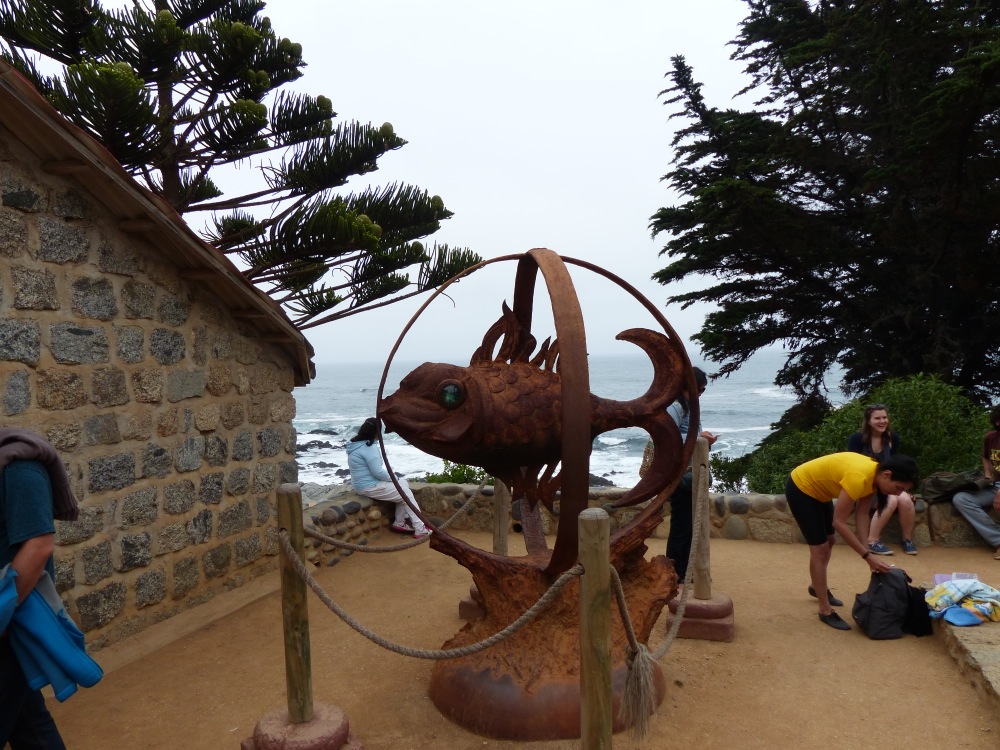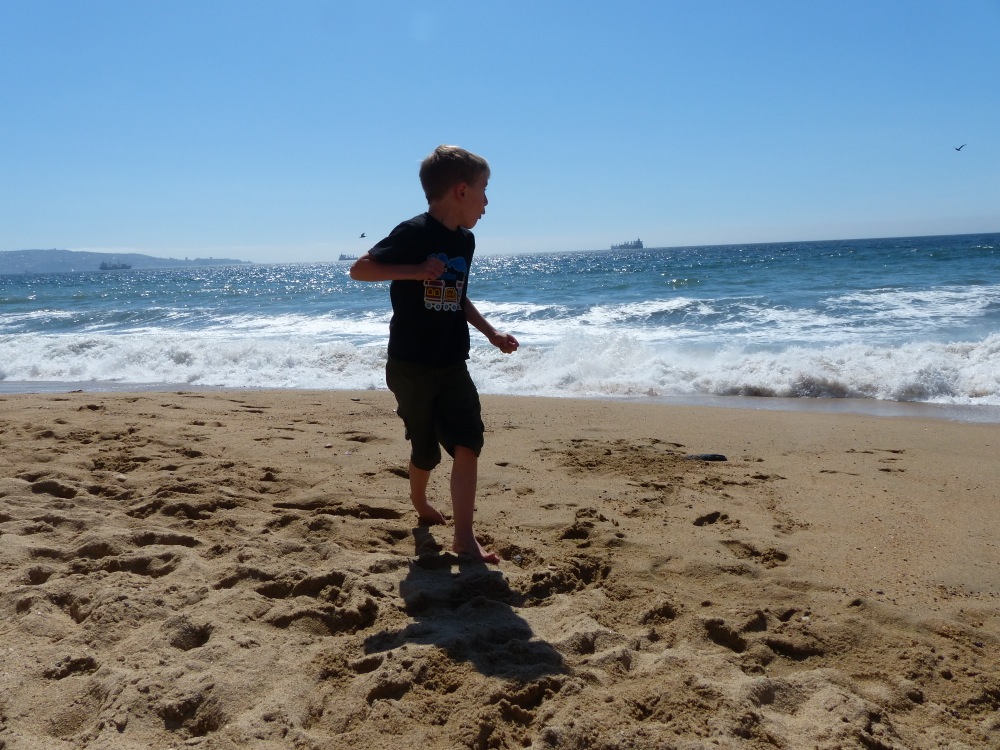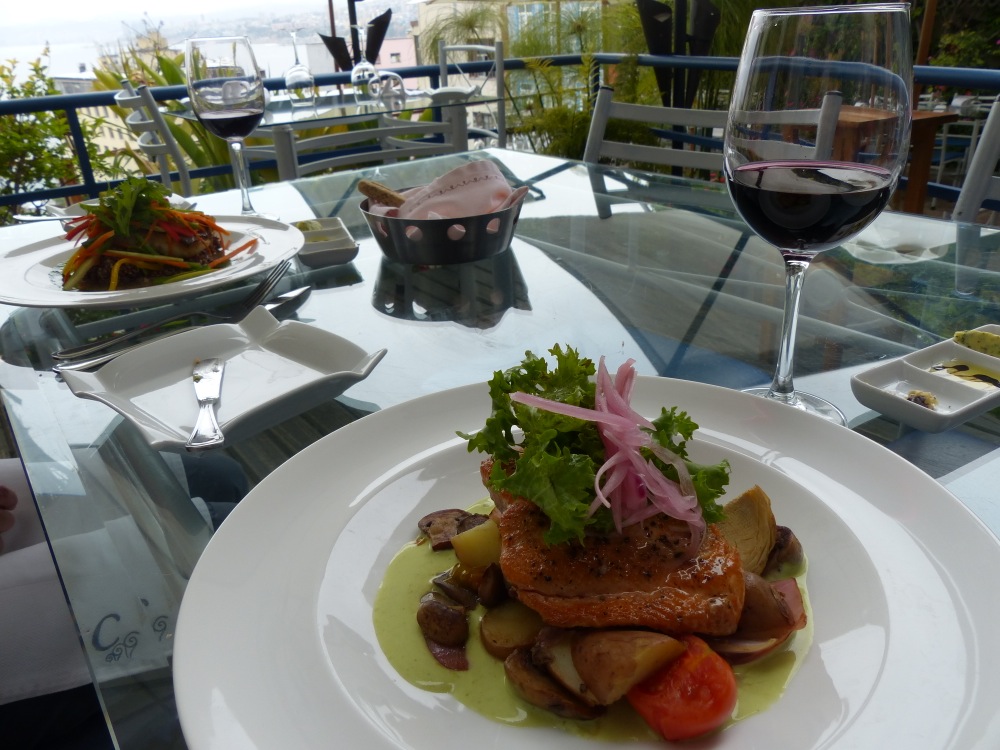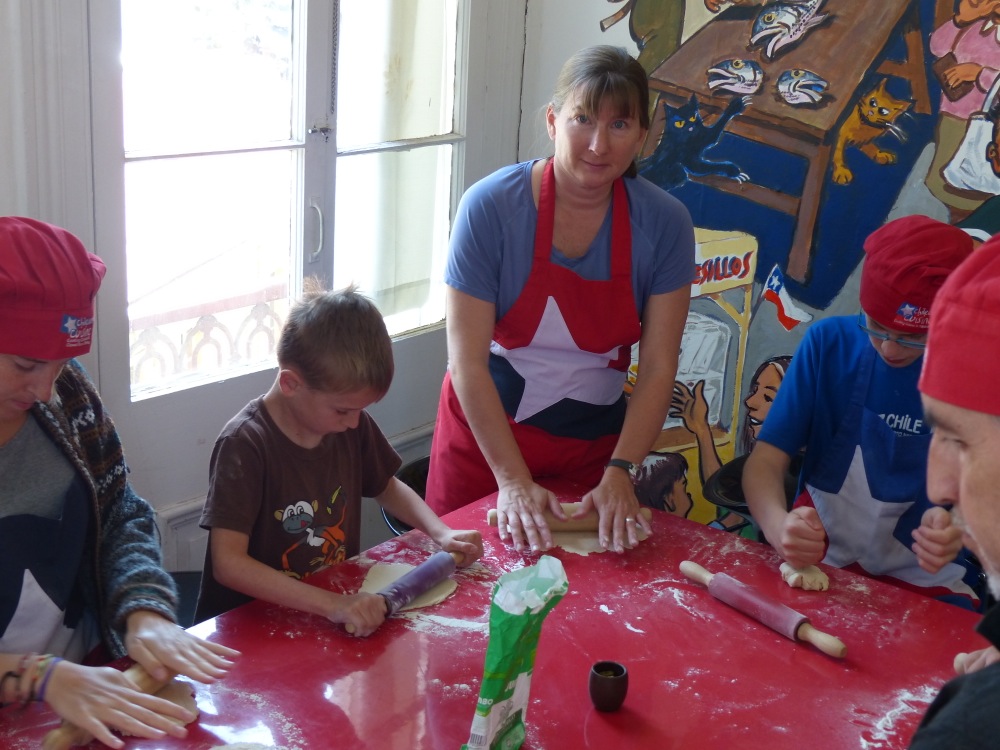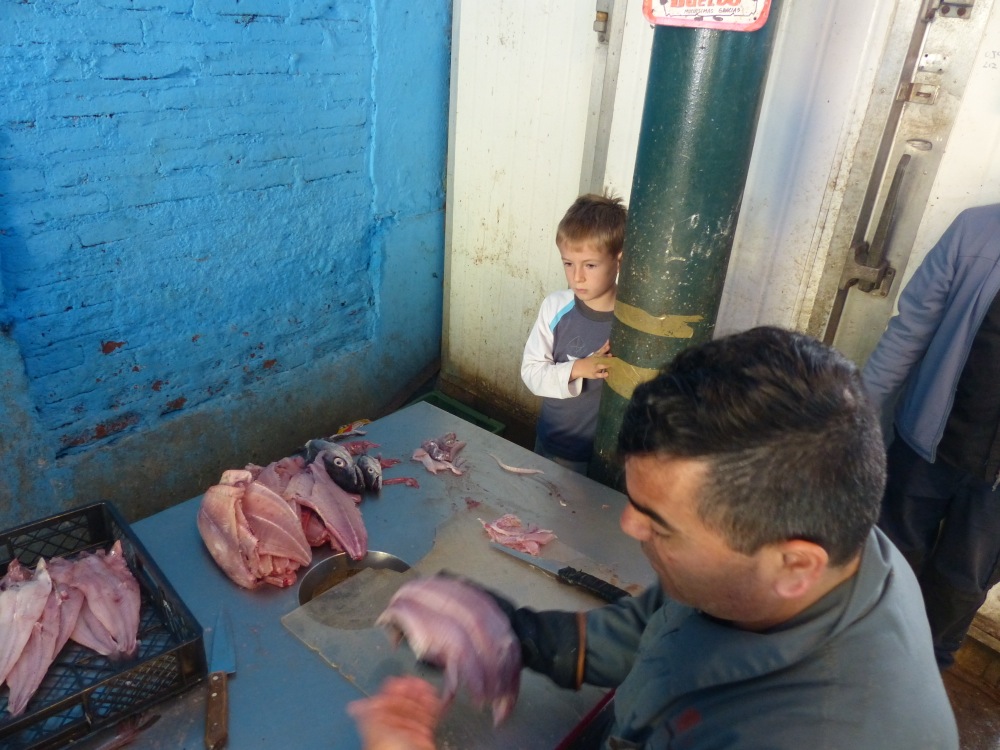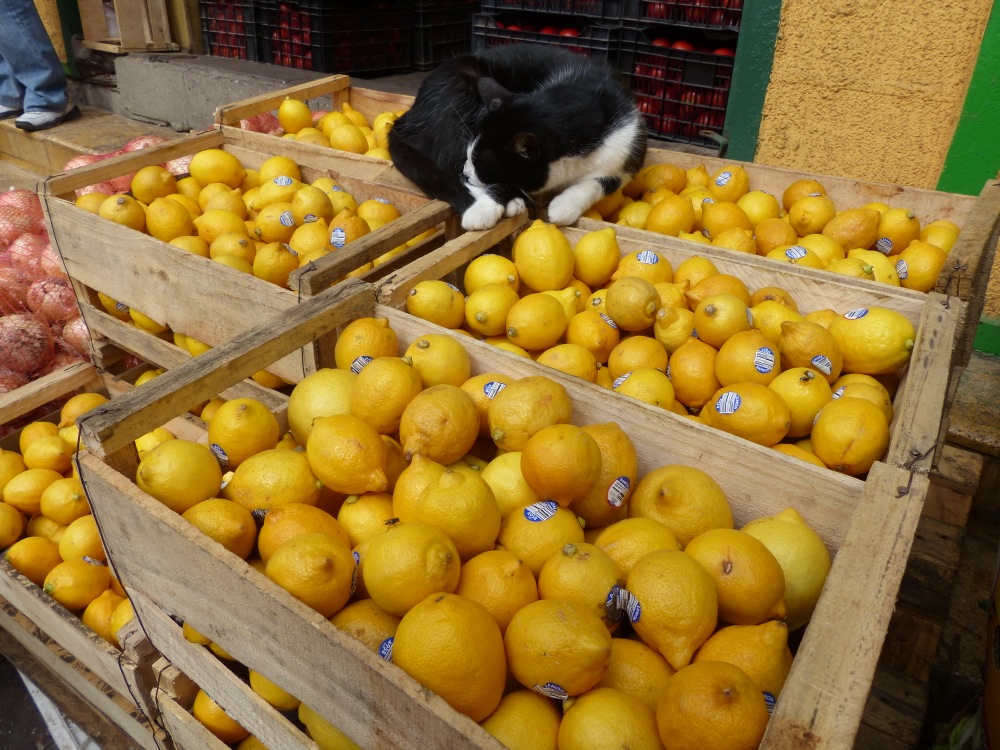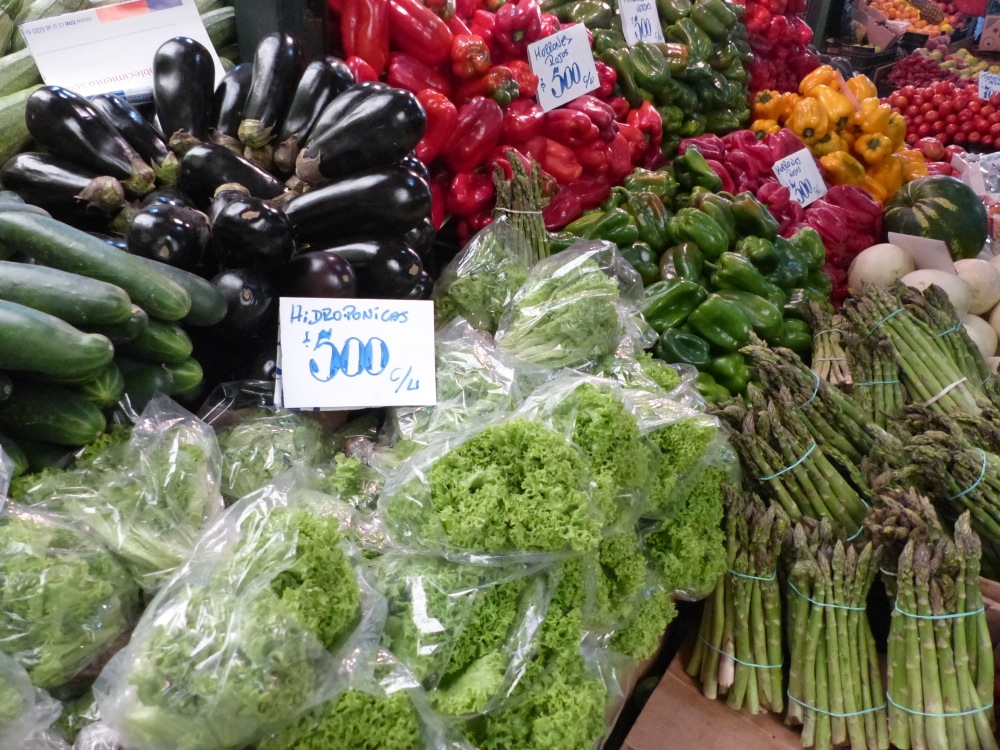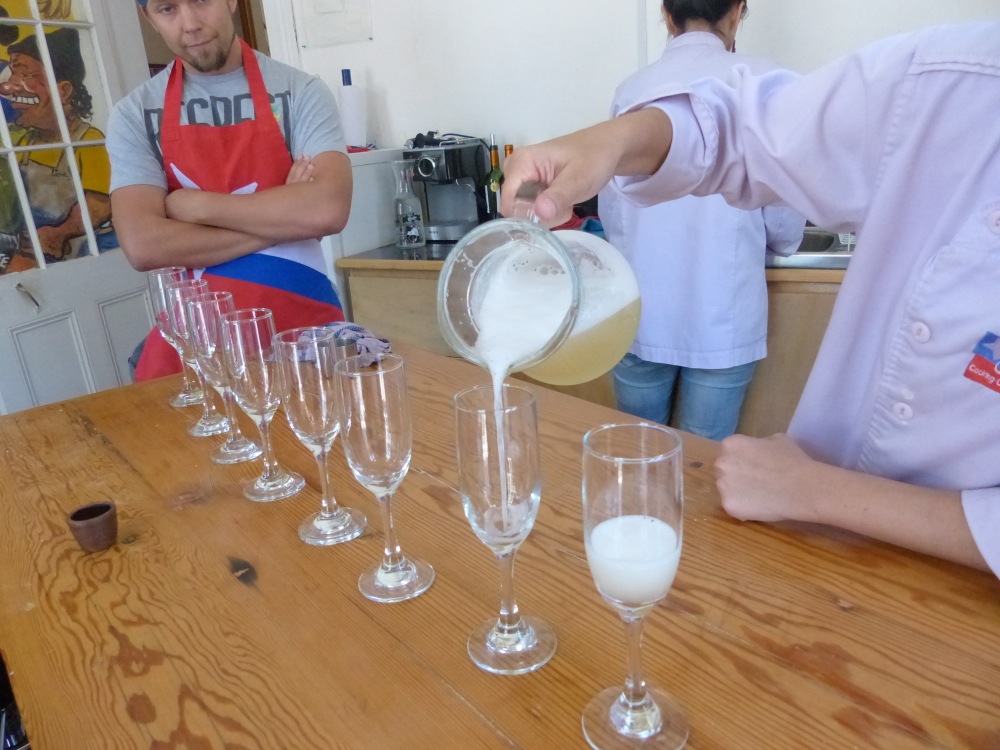This post is a review of all of the systems and accessories we used in converting our van to a camper, for those thinking of building a van. Here’s what worked, what didn’t, and what we’d change.
The Van
Our van is a 2001 Ford E350 extended body with a Salem Kroger 4×4 conversion and the 7.3L diesel engine. We bought it used in 2012 with 78,000 miles on it and the 4×4 conversion already in place. The only problem we had with the van itself was a clogged fuel line that caused us to be very slow when climbing hills. It was a minor problem, but we didn’t know what was causing it and it stressed us out for awhile. With help from the Oaxaca Ford dealership and Calvin and Leanne at Overlander Oasis, we finally got it fixed. Since then it’s been only regular maintenance. I would have no problem taking this van on another trip.
The 4×4 conversion gave us no problems, although we stopped at Whitefeather Conversions prior to our trip where a former co-owner of Salem Kroger disassembled and lubricated the front hubs. This was purely preventative.
Colorado Campervan Poptop
The size of the CCV poptop is great for layouts like ours where the top bunk is the primary sleeping area. It’s tall enough to sit up in, and wide enough to be comfortable for two. The actuator motors worked through 700+ nights of camping on our trip.
We opted for fine “no-see-um” netting in our poptop which suffered a few rips along the way that we repaired with tent repair tape. The canvas held up well.
Auxiliary Fuel Tank
We installed a 20-gallon auxiliary fuel tank behind the rear axle. The tank switch failed, leaving us stranded on the Dempster highway with an empty rear tank and unable to switch to the main tank, and after a couple more problems with it I eventually removed it and gave it away. On our trip we never found that we needed extra fuel capacity.
Plumbing
We had no problems with our plumbing or our shur flo water pump. We only have a 14-gallon water tank, which from our experience was sufficient for about 3 days of being completely self-contained (drinking, cooking, and washing up) if we were careful. If I had it to do over again I would want a bigger tank.
We also have a shower that comes out of the back of the van. We can open the rear doors and rig up a shower stall with a tarp. Our Webasto Dualtop heater/hot water heater provides hot water. We only used the shower 3 times because of our lack of sufficient water on board (usually when we were near a source of fresh water we also had access to a shower) and the fact that the setup for the shower was time consuming. I wouldn’t include a shower if I had it to do over.
We installed a separate faucet at our sink for drinking water which went through an Everpure water filter. Following the manufacturer’s instructions, we chlorinated the water we put into our tank. The filter then removes the chlorine. It was very convenient to have clean drinking water readily available and without having to purchase and discard hundreds of plastic bottles. We brought a few spare filters with us to last the trip.
Appliances
We debated for a long time over whether to spend the money on a diesel cooktop in order to avoid the hassles of filling a propane tank in areas where adapters might be difficult to find. In the end we opted for a Webasto diesel cooktop. It only worked right immediately after I took delivery of the van, and a few times after we stopped at XP Camper where Marc Wassmann helped me try to diagnose the problem. We called it our leftover warmer, because it would get hot enough to warm up leftovers before flashing an error code and shutting off. I know a lot of the high-end expedition vehicles use these, so they must work. I just had a bad experience, and I plan at some point to install a propane stove.
Our Webasto Dualtop heater/hot water heater worked great, and having heat in the van was very nice on the handful of occasions we needed it (Alaska in September, high altitudes in the Andes, and in Patagonia). It worked at 14,000 feet, which surprised me.
If I had it to do again I’d probably go with an Espar diesel heater, sticking with diesel because heating is so fuel intensive. With propane only used for cooking, you wouldn’t have to refill the tank very often. Since we didn’t use the shower much I wouldn’t feel the need to have the water heater component.
Our refrigerator is a National Luna Weekender Twin. It has a small freezer compartment which is really nice to have because you can make ice, and it’s good for keeping meat frozen. The compressor in our fridge failed after about 2 years of continuous use. We didn’t know what part had failed, and the folks at Equipt1 who sold us the fridge shipped new electrical components to us in Chile free of charge. When that didn’t solve the problem, we located a 12v-fridge specialist in Buenos Aires who was able to replace the compressor. I still think this is a great fridge and would happily buy another.
Electrical
We have a 100Ah Lithium Ion battery from Smart Battery. Going with Lithium Ion cost twice as much as an equivalent usable capacity in AGM batteries. They’re also 1/3 the weight and take 1/3 the space of AGM batteries. Our battery has a noticeable but small reduction in capacity after 2.5 years of full-time use. I am happy with the decision to go with Li-Ion. Depending on how much we use our computer and tablets, and how much sun our solar panel gets, our battery will last anywhere from 24 hours to about 3 days. I don’t feel the need to add any more capacity.
Update July 22 2017: About 4 months ago our battery completely died. It will read “full” but then as soon as you attach a load to it the voltage drops and it shuts itself off. The battery came with a 5 year warranty, and we’re within six months of that warranty expiring. According to Smart Battery’s website, after 5 years you can expect to see 80% of the original capacity. Since ours is completely useless, I feel entitled to some sort of remedy.
I’ve been working with Smart Battery for the past two months trying to get a warranty replacement, and the experience has been incredibly frustrating. I call, and they tell me they’re going to call me back to arrange to ship my old battery back and they never do. This has happened about five times. Not sure if they’re just trying to push me off until the warranty expires and then tell me to go pound sand. So yes, while the battery was working, it was great, but if you have any issues with it you may not get help from their customer service.
We have a 100W solar panel fixed to the roof and a Blue Sky Energy solar charge controller. Solar wasn’t a panacea, but we found it very useful. In an area with full sun it (in combination with the battery) will keep our fridge going indefinitely. In hot climates you’re always looking for shade to park in, so it’s less useful then. The solar is also nice when the van is parked for an extended period because it keeps all of the batteries topped off. If I was building the van again I’d probably go with 200W (or more if I could afford it).
We had a Cole Hersee 48530 dual battery isolator. After about 1.5 years it failed and wouldn’t separate the batteries properly. I replaced it with a manual switch I found in Lima, Peru.
One of our favorite items was our Fantastic Vent Fan. It kept us cool on many a hot night in Central America.
We haven’t had any electrical faults with the RV house systems.
Layout / Furniture
CCV built the interior of our van to our design. With the ability to use the “upstairs” as our primary sleeping area with our son sleeping downstairs most of the time, we were able to optimize the downstairs area for living rather than sleeping. We are happy with the layout. Photos are here.
The furniture is constructed of 3/8″ (I think) plywood and has held up very well. The drawers are secured with spring clips, and do occasionally pop out on rough roads. It would be nice to have a mechanical latch mechanism on the drawers.
Outside
We have a Fiamma F45 awning that worked great and was easy to operate.
We have an Aluminess rear bumper and tire carrier along with a galley box that holds our outdoor cooking stove. The bumper worked great, and Aluminess even built a custom platform on the inside of the door to the galley box so I could put our Coleman stove on it. With the EB van I tried to keep the weight on the bumper to a minimum.
We elected not to purchase an aftermarket front bumper, a winch, or offroad lighting. We didn’t miss any of those things.

